Yesterday NSW moved into level 2 water restrictions, it has been a long time coming, with bushfires still burning up and down the east coast and dam levels at an all time low. The hardest hit are out west where they have been buying in drinking water for most of the year, smoke and dust from the bushfires and drought hasn’t lifted even from the coastal city which I live in. It is devastating for the bush and wildlife and it seems that the timing of the drought and fires will completely obliterate any chance of nature bouncing back in its natural cycle, it has all gone too far……we have been doing nothing for to long, it is heart breaking…

I have been trying to think on a positive note, what can I put in my garden to help the wildlife? (besides drinking water of course!) which will be tough enough to cope with the extended dry? What will still provide food and habitat in these conditions? Calothamnus quadrifidus!

Calothamnus quadrifidus comes from WA so is used to the dry, it also funnily enough can cope with wet feet and a good hard prune. There are three varieties of Calothamnus quadrifidus, it comes in the Grey (which is obviously my favourite), a green leaf with a red flower as you can see above and a green leaf with a yellow flower. All are just as drought hardy as each other and all will cope with part shade.Honeyeaters such as the New Holland Honeyeater are attracted to the flowers, as are spinebills, and bushy nature of the foliage provides important shade.
I will try to think of more drought hardy plants for this upcoming extended dry period, please remember to put water out for the wildlife too!

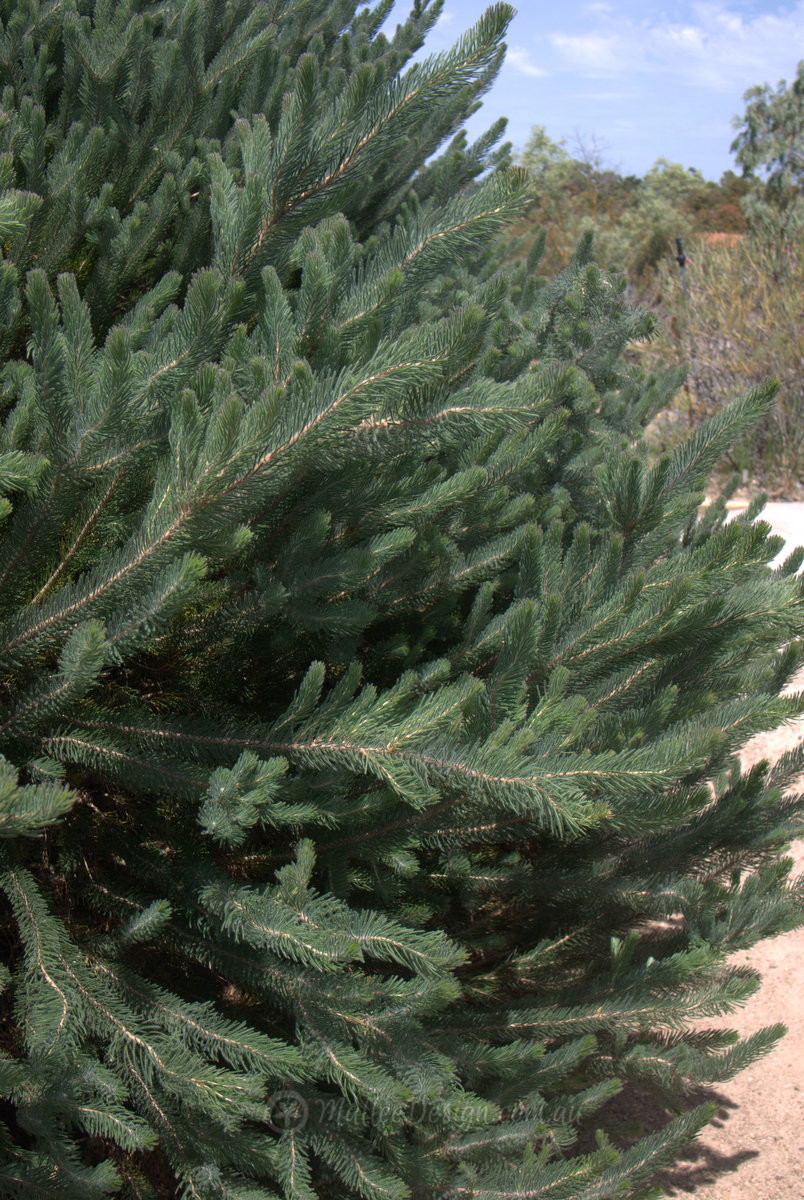
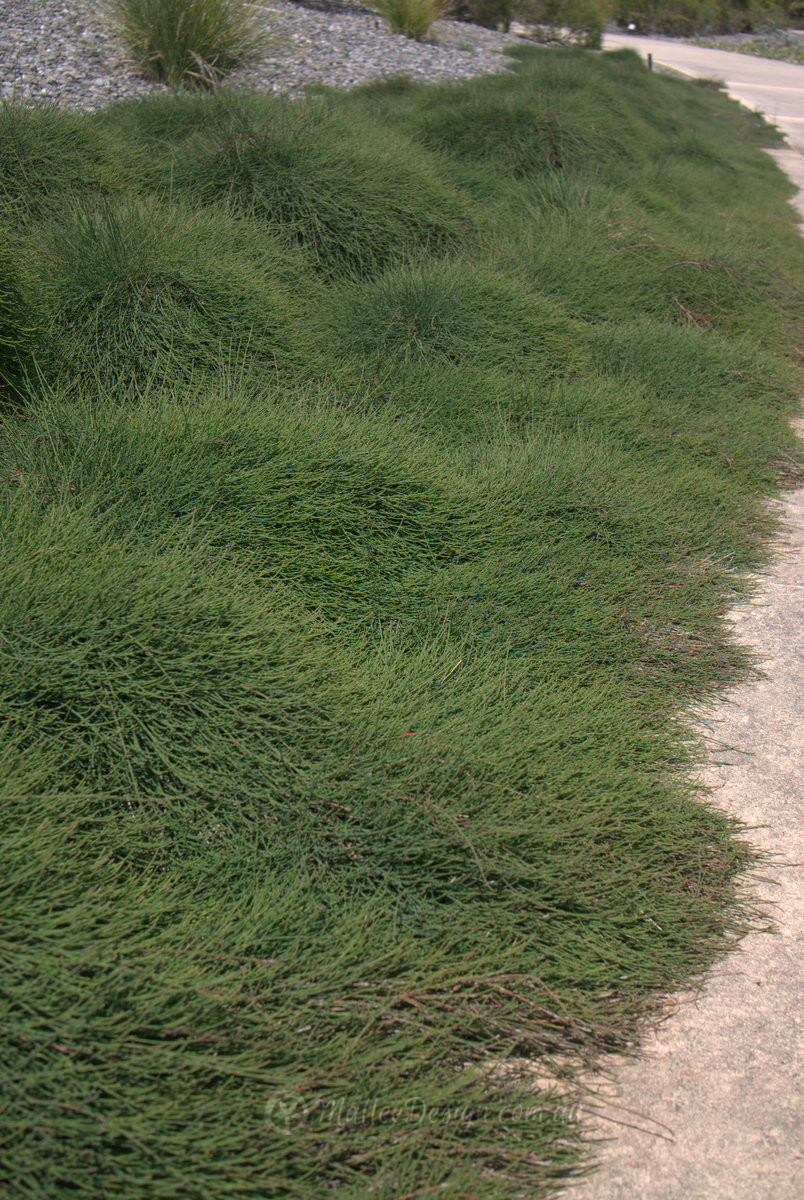
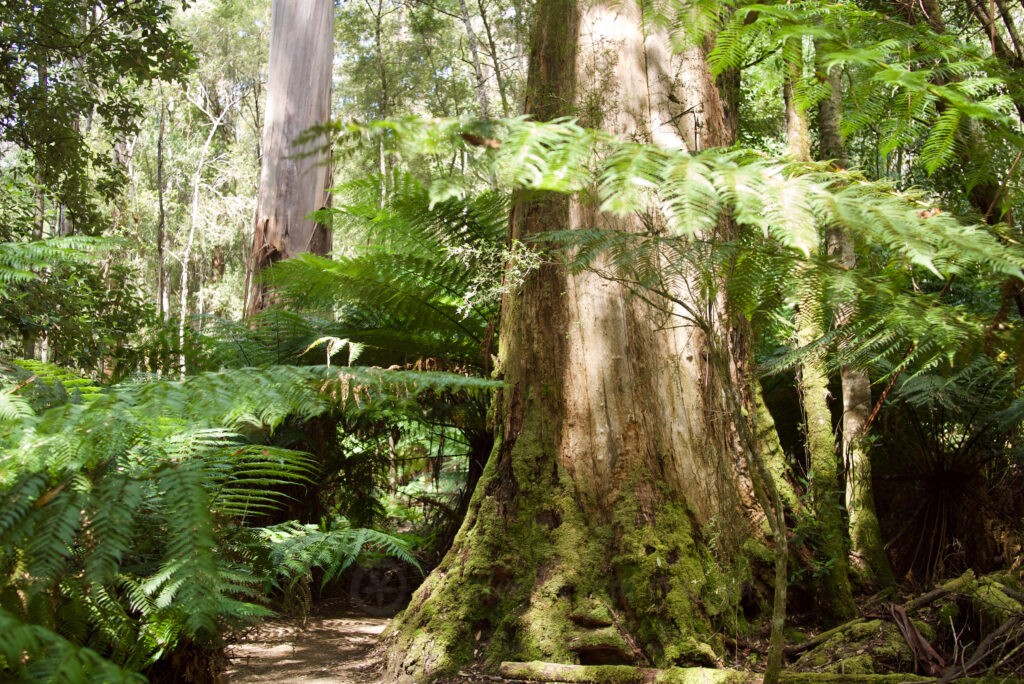
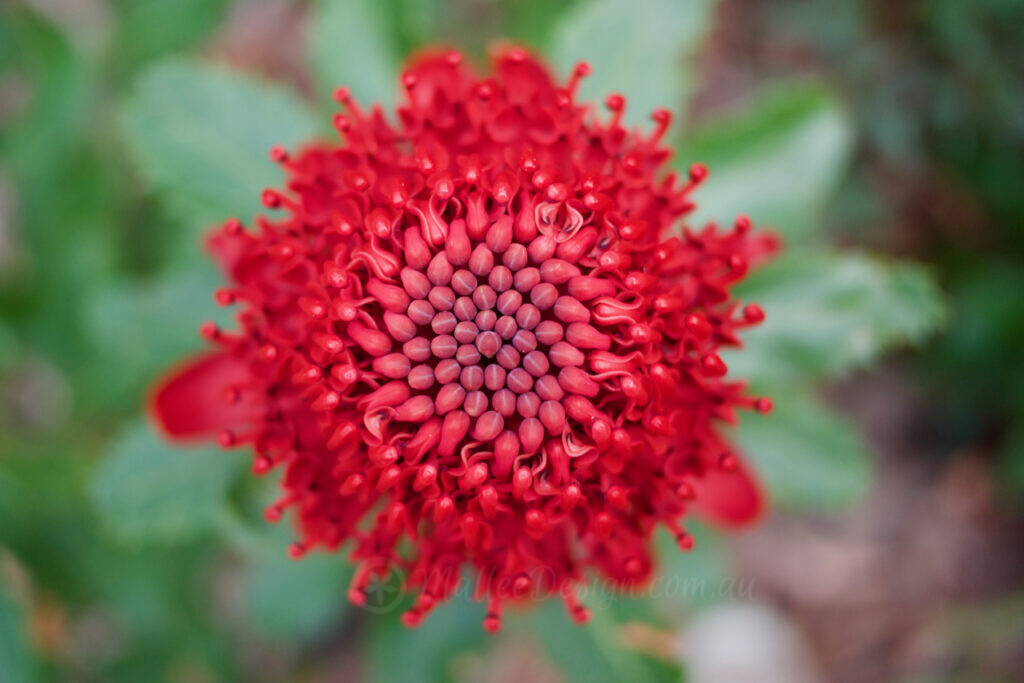
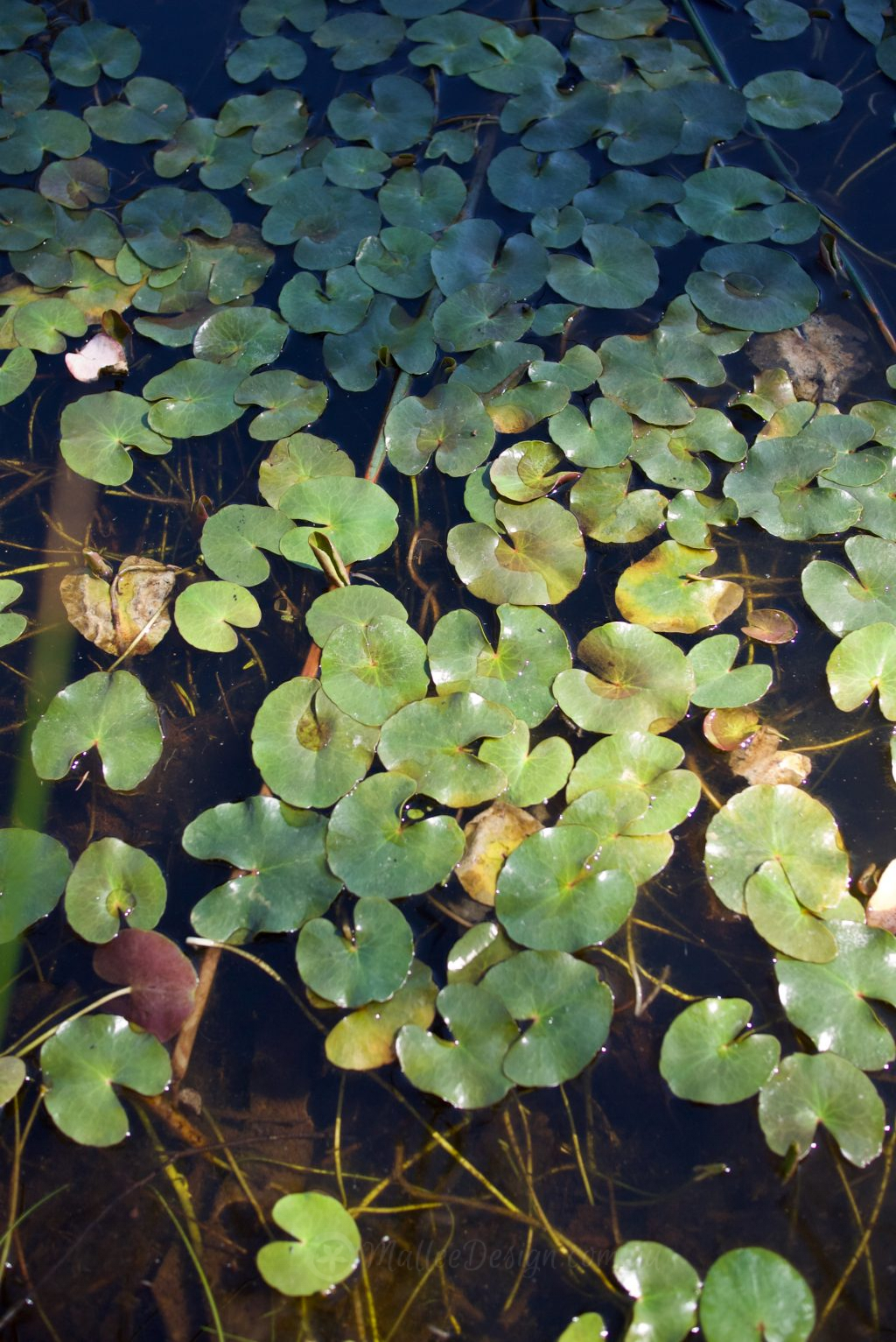
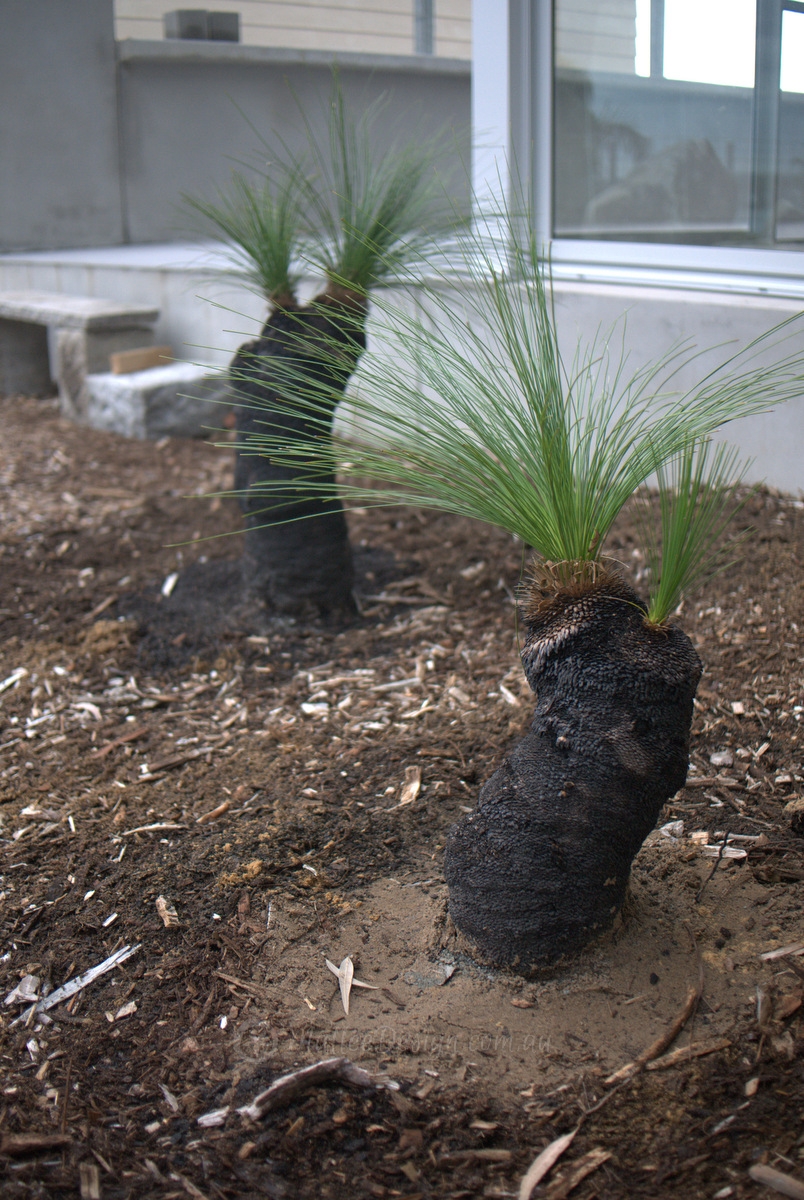
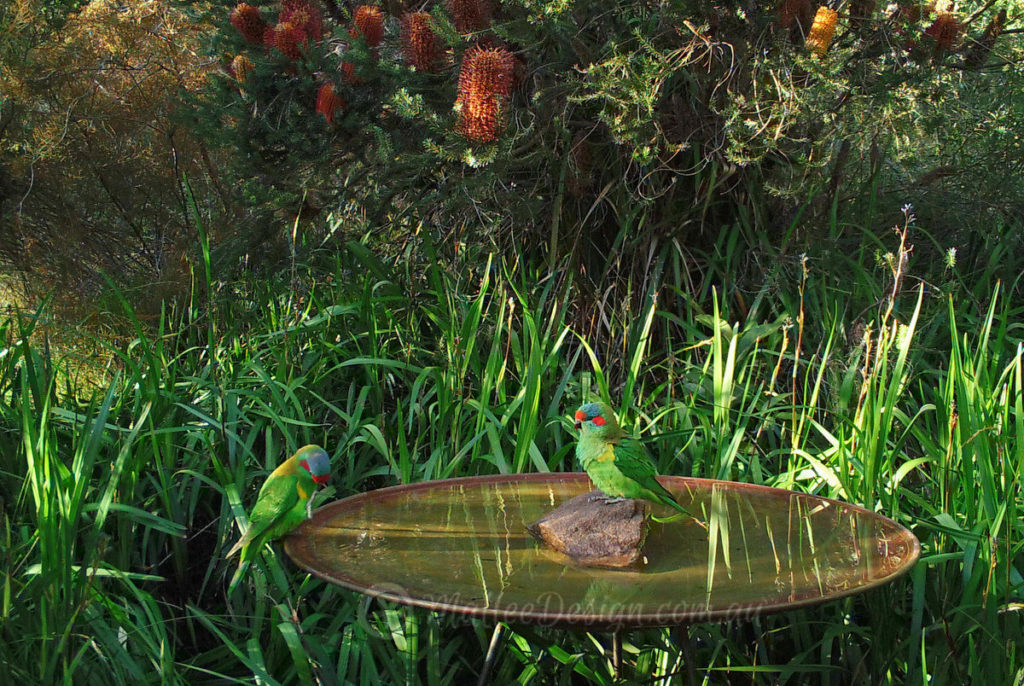
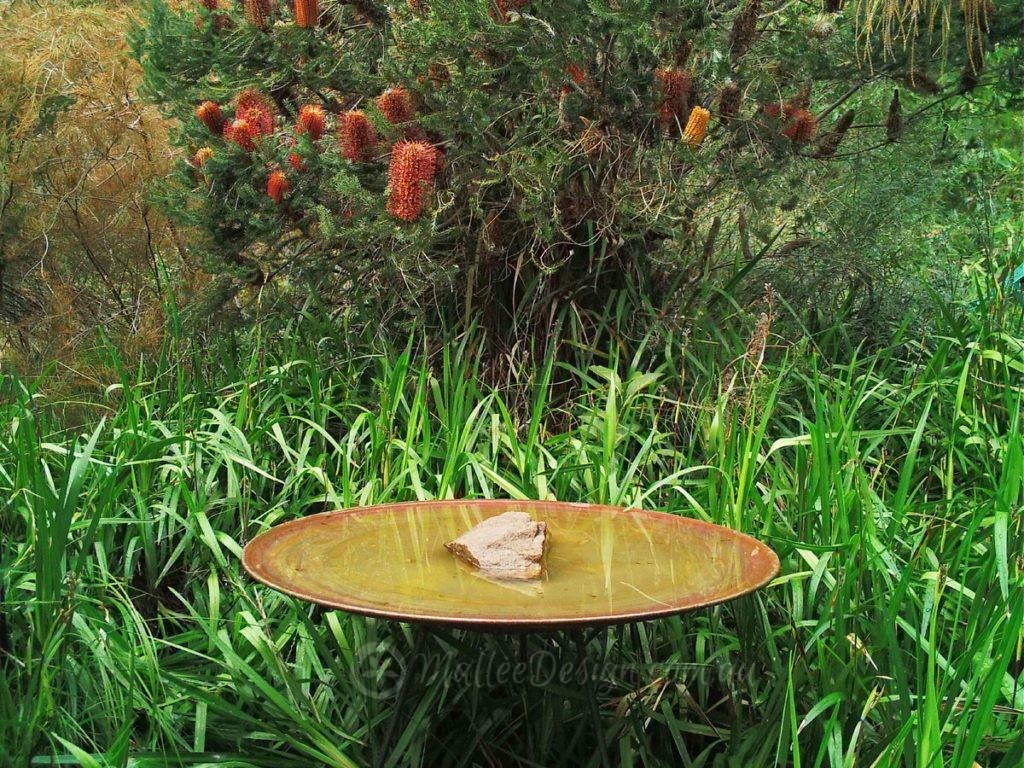
Leave a Reply